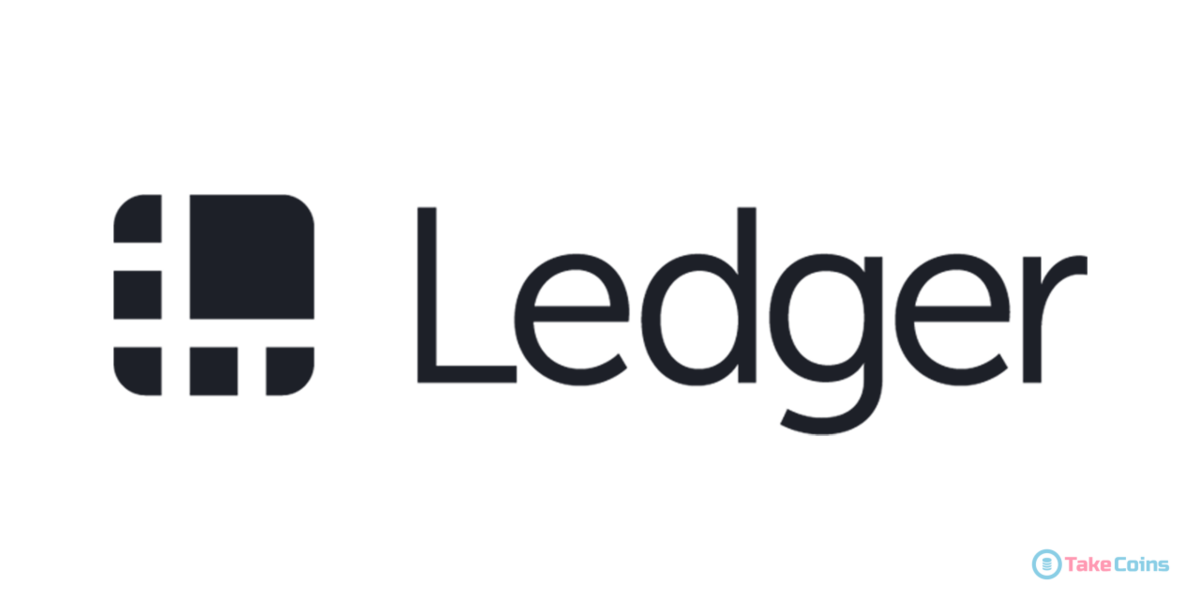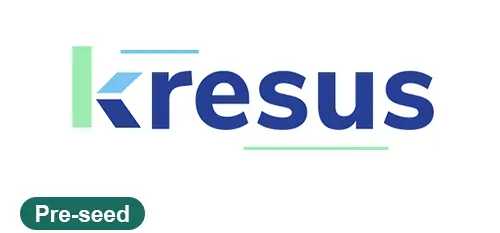KMyMoney
KMyMoney has been part of the open-source world for a long time. It comes from the KDE community, and in many ways it feels like the classic desktop finance programs that people used before the rise of cloud apps. That’s not a drawback — on the contrary, its familiar layout and steady design are what many users actually look for. It works like a traditional personal accounting tool, only here it’s free and open-source.
How it’s used day to day
The backbone of KMyMoney is proper double-entry accounting, something you rarely see in free budget software. People usually set up a mix of accounts — current account, savings, a credit card, maybe some investments — and then start recording transactions. Categories keep spending organized, while budgets help compare planned versus actual results. One of the features people appreciate is reconciliation with bank statements: it feels closer to professional accounting, but still manageable at home.
Technical snapshot
| Aspect | Details |
| Platforms | Linux, Windows, macOS (cross-platform despite KDE roots) |
| License | Open-source (GPL) |
| Storage | Local XML file |
| Import options | QIF, OFX, CSV, HBCI |
| Export options | CSV, HTML, XML |
| Main strengths | Double-entry, categories, budgets, reconciliation, reports |
| Multi-currency | Yes |
| Privacy | Fully offline, no forced cloud sync |
Getting started
On Linux, KMyMoney is often just one package-manager command away. Windows and macOS users download it from the official site. At first launch, the program creates a file that holds all accounts and settings. That one file is the “heart” of the system — as long as you keep a copy of it, your records are safe.
Who tends to use it
– Families that want detailed records of everyday finances rather than just a quick overview.
– Freelancers who need to track income, expenses, and keep their accounts in balance.
– Users who prefer a classic desktop program over modern cloud dashboards.
Why it keeps loyal users
Stability is a big reason. KMyMoney has been around for years, and it doesn’t change direction every few months. There are no ads or hidden subscriptions. Reports are clear, multi-currency is handled properly, and the interface stays consistent across versions. For many, it feels reliable and almost “old-school” in a good way.
Bottom line
KMyMoney isn’t trying to be flashy. It’s more about precision and trust. For anyone who wants a free desktop finance manager that respects accounting rules, it remains one of the most dependable open-source options out there.









